The problem of impermanence is one of the most ancient and universal dilemmas of human existence. It goes way beyond the simple fact that people die, that over time things decay and break. Change is woven into the fabric of reality at every level. What are different ways that people in history have made their peace with living in a mutable world?
The North Star has had a profound influence on human history. Time lapse photography shows how this one star holds its position in the night sky while all the other stars slowly seem to rotate around it. This single fixed point of light made early navigation possible. It illustrates one common response to change: the human desire to find something dependable in a mutable world.
On the grandest scales, we see that the universe is in constant flux; stars are born and die. For that matter, even black holes, once thought to be permanent, slowly evaporate. On the smallest scales, too, atoms decay (this is what allows carbon-dating, for example), and recent experiments have shown that even in the supposed stability of empty space, there is a boiling “foam” of subatomic particles that are constantly popping in and out existence.
The lives of stars and impossibly tiny particles may have been inaccessible to the ancients, but they observed these very same properties on the human scale. From gradual changes like the rise and fall of civilizations and the cycle of life and death in nature, to very rapid changes like the constant fluctuation of clouds, the fluttering of leaves in the breeze, the flickering of shadows from firelight, and even our own endless need to inhale and exhale or the restlessness of the human mind. Change and movement are inherent to our reality.
But why is change problematic? The constant motion of the waves is what draws us to play at the beach. Music is our human way of playing with patterns of changing tones. Life with no change would be too static, too boring for us. As with most things, we crave a balance. But ancient philosophers in many parts of the world viewed impermanence as a profound problem. Why?
Here is a humorous little poem I memorized as a small child:
“As a rule, man is a fool.
When it’s hot, he wants it cool.
When it’s cool, he wants it hot.
Always wanting what is not.”
(By anonymous, from the collection Knock at a Star)
Part of human nature is that we are rarely satisfied, even when we get what we want. The pleasure never lasts. In this infinitely mutable world, either the circumstances that please us change, or our own desires change. Every person from ancient to modern has had to grapple with this dilemma at some point in their lives.
As a mom with small children, I deal with it daily. For a young child, the anticipation of a new toy looms tremendous. It can consume his every thought. But predictably, the moment we finally arrive in the toy store, there are tears of abysmal disappointment. The toy, the toy that he begged and pleaded for, the toy that seemed a matter of life and death, the toy that has dreamed about and longed for all these weeks or months, is not enough. Suddenly we need ten other toys, too. My hopes of pleasing my child with a special treat come crashing down– they are another victim to the problem of impermanence. Because our desires are so changeable, so nearly infinite, the promised joy only lasted a vanishing instant.
Change is a human problem because it means that the things we love, whether people or objects, are all tenuous, all subject to change or loss. We cannot hold them, only enjoy them for the moment they are with us. This, also, is particularly true of children. If I had a dime for every time another parent reminded me that they grow up too fast!
Much of philosophy and religion is devoted to dealing with the issue of impermanence. One approach (Stoics, Existentialists, Buddhists, and others) has been to encourage followers to accept the mutable nature of reality and to regulate their desires accordingly. Another approach (Pythagoreans, Platonists, Christians, and others) has been to seek outside the visible world for something (whether mathematics, idealized constructs of the Good, Love, Beauty, etc., or God) that is unchanging and permanent. I don’t want to present these two solutions as mutually exclusive, though. I think Pythagoreans, Platonists, and Christians would equally endorse the need to regulate desires and learn self-control, and for Buddhists, the hope of escaping into Nirvana may also represent the wish to find something permanent.
Does the existence of a North Star point to a deeper reality of something fixed and unchanging, or is it a mere accident of earth’s particular location in space? In your own life, how have you made peace with the problem of impermanence?




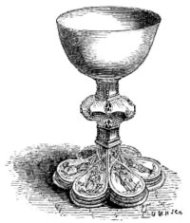
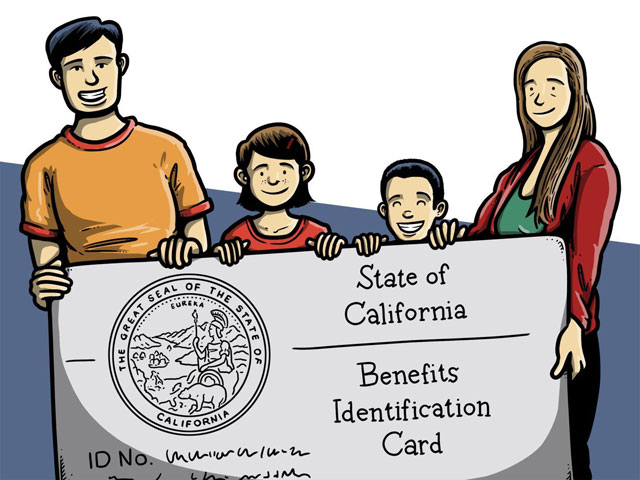
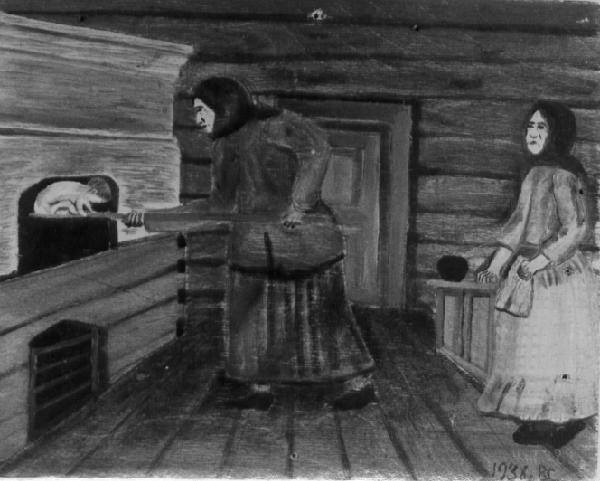
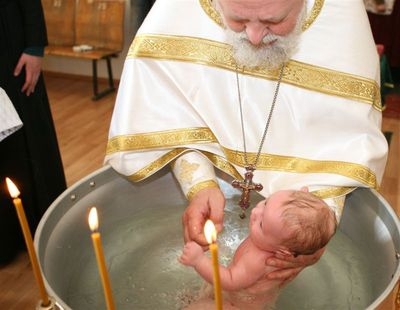

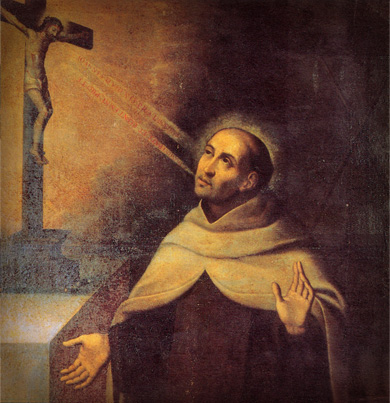 The most brilliant and illuminating discussion of the human self that I have ever read is in a a book by Denys Turner,
The most brilliant and illuminating discussion of the human self that I have ever read is in a a book by Denys Turner, 
 Love. “God is love,” the scripture says. “God is love,” the saints all tell us– not only in the Christian tradition, but in the mystical literature of Islam, Judaism, and even sometimes Hinduism. This is such a universal truth that it cannot be hidden from anyone who sincerely seeks to know God.
Love. “God is love,” the scripture says. “God is love,” the saints all tell us– not only in the Christian tradition, but in the mystical literature of Islam, Judaism, and even sometimes Hinduism. This is such a universal truth that it cannot be hidden from anyone who sincerely seeks to know God.
Today’s News Is Better Than You Think
Photo by Monik Markus
Today’s news stories included poppy farmers in Afghanistan, human rights abuses in war-torn Syria, torture, Ebola, and poverty in the US. Obviously the world is going to hell, not in a handbasket, but on a jet plane. For anyone else who’s got the news cycle blues, consider this alternative, rosier broadcast:
Woman Bakes Cookies, Gives Them to Neighbor
In Milwaukee, today, Mrs. Anderson baked a tray of chocolate peppermint cookies and delivered them to her neighbor, reportedly a working mom with two kids. We have her on the line now. Mrs. Anderson, how did today’s events make you feel? And is it true, as our sources say, that you topped these cookies with chocolate sprinkles?….
Man Goes to Grocery Store, Drives Home Safely
Breaking news from Charlottesville, NC: We interrupt our broadcast to bring you this report live. Mr. Jones has just arrived home after his trip to the grocery store. Can you describe your drive home for us, Mr. Jones? “Well, yes Ma’am. I drove home in good time. My engine and brakes worked perfectly the whole way. The factory did a fine job making all the car parts. I felt perfectly safe the whole time. Also, many of the other drivers remembered their turn signals, and one lady let me over when I needed to get into the turn lane.” Now tell us about the grocery store, Mr. Jones. “Sure. Well, there was plenty of food available. No sign of famine, war rationing, or bread lines in Charlottesville this week, although I am a bit concerned that the price of orange juice went up.”
Child Has Fun at Playground
In other news, a parent reported that her daughter played in the sandbox today at their local playground. Other children were also there and multiple sources confirmed that no children had any symptoms of polio, measles, small pox, the black plague, or even the flu. However, one observer witnessed a tantrum when a four-year-old was told to put on his shoes.
Kitten Does Cute Things
And in today’s most unusual story, a kitten named Snowball was captured on film doing cute things. His family posted a video on Youtube of him climbing into a paper grocery bag, chasing a laser pointer, and watching the birdfeeder through the window. “I feel so lucky to have Snowball in my life,” one family member commented.
Maybe the world is better than you think. The dismal state of the news actually proves that we live in a pretty great reality. If things were really so bad in the world, we’d take bad for granted and only report the good stuff as noteworthy.
Anyone who is paying attention knows about the disturbing violence in our world today. The executions of children by Isis, police brutality against racial minorities in the US, rape on college campuses, the list goes on. But I would point out that these items are in the news precisely because we find them outrageous, egregious problems. In that, there is hope for us all. I am grateful to live in a place that bans cruel and unusual punishment, and that extends equal legal rights to women and minorities (at least in theory, despite all the abuses in actual practice). We should not have any illusions that a utopia is approaching or even achievable, but as a society we continue to struggle for what is right. And when the bad news gets overwhelming, remember all the good news that we simply take for granted.
Share this: